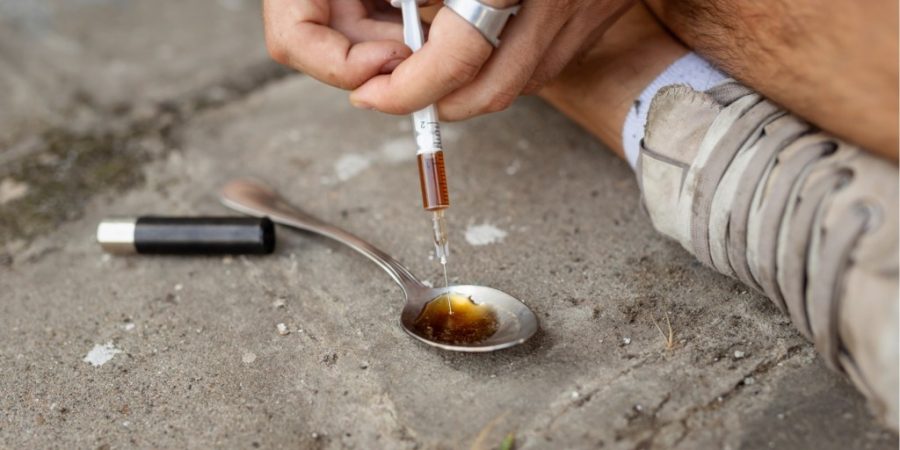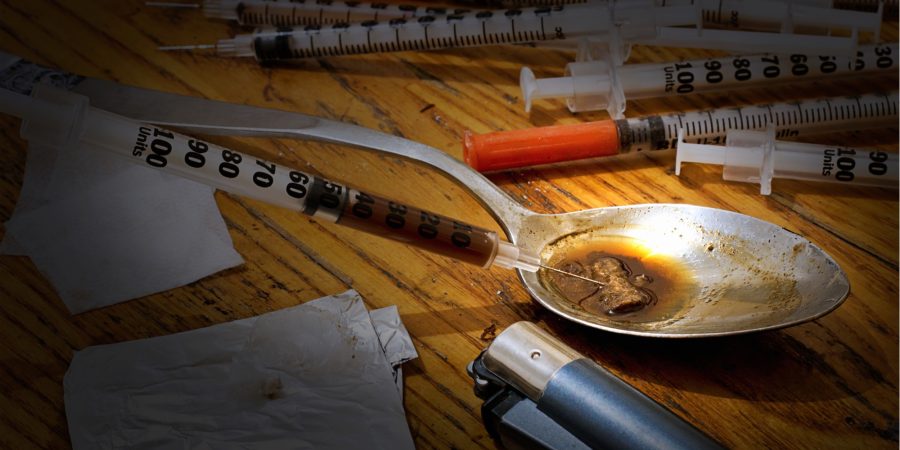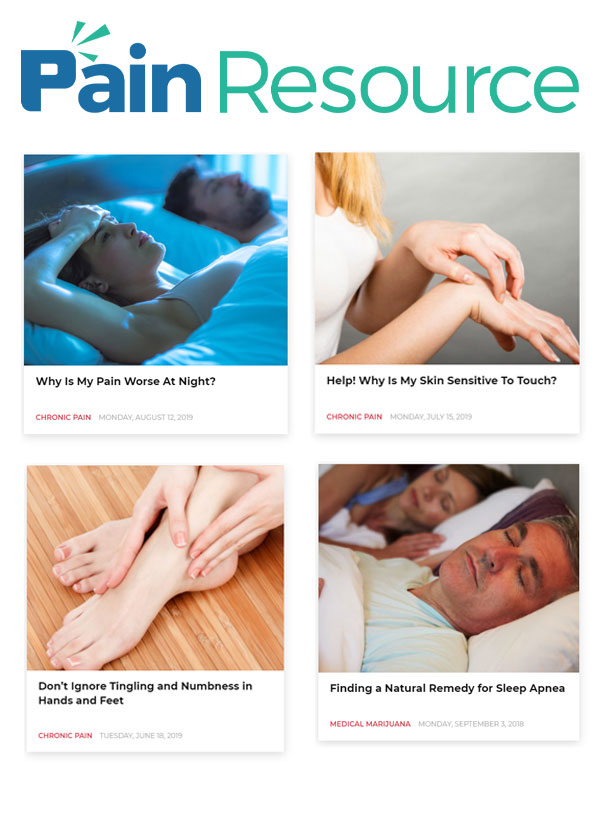
If you suspect that a loved one has started using intravenous (IV) drugs, then you’ll want to start looking for track marks. You can find these scars at the injection site, which is often the non-dominant arm of the user. Whether you’ve seen the track marks yourself or you suspect that a loved one is injecting drugs, you may feel uncertain about where to go from here.
To help you make healthy decisions for yourself and your loved one, we’ve compiled this resource on what you need to know about track marks and other signs of IV drug use.
Table of Contents
What Do Track Marks Look Like?
While track marks look different depending on the individual’s usage habits, they generally appear as small holes in the forearm. Among new IV drug users who may not use every day, these holes may appear as small scabs. This is because they are not using every day, so their skin has time to heal between injections.


However, in long-term users of IV drugs, the holes will likely be light pink or red to indicate recent sites of injection. In fact, many chronic heroin users develop marks along the length of their veins, so they may not even look like individual holes anymore. In cases like this, skin infections and buildup of scar tissue are common byproducts of IV drug use.
Once the track marks have permanently damaged the injection sites on their forearms, most heroin users will move to other areas, such as their neck, feet, hands, or groin. So even if you notice that your loved one’s arms have started to heal, that does not mean that they have stopped abusing drugs.
Are Track Marks Dangerous?
As one of the tell-tale signs of heroin use, people often wonder if track marks are dangerous. Unfortunately, the answer is yes. Not only do track marks signal a larger danger from IV drug use, but they present significant danger in and of themselves. These harmful health risks include:
- Skin infections: Because IV drug users often re-use injection sites and needles, built up bacteria often leads to skin infections. These can lead to cysts, abscesses, and ulcers.
- Bloodborne infectious diseases: When track marks scar, it is often because the user is using an old, used needle that has become blunt. But many people do not stop at re-using their own needles. IV drug users routinely share needles, which can lead to the transmission of HIV, Hepatitis C, and Hepatitis B, to name a few of the risks.
- Collapsed veins: Where there are deep track marks, there are often collapsed veins. As needles irritate the same veins repeatedly, they may become inflamed, which can cut off blood flow. Normally, this issue heals on its own with time. However, chronic IV drug use can lead to permanently collapsed veins.
- Deep vein thrombosis (DVT): Irritating veins can also lead to the accumulation of blood clots. When this happens in a major vein, it is called deep vein thrombosis, and it can pose life-threatening harm. If the blood clot moves out of the vein, it can travel to the lungs, where it becomes a pulmonary embolism and makes breathing impossible.
As you can see, track marks do much more than cosmetic damage. Of course, many IV drug users go to great lengths to hide these injection scars. In cases like this, you may need to look for other signs that your loved one uses intravenous drugs.
Other Signs of IV Drug Use
Even if you have not seen track marks on your loved one, they could still be injecting drugs like heroin, cocaine, or methamphetamine. Here are some of the signs to watch out for:
- Wearing long sleeves at inappropriate times: A common strategy for hiding track marks is to always wear long sleeves. If you notice that your loved one never seems to expose their forearms, then they may be hiding track marks. Of course, you should consider their other behaviors before jumping to any conclusions.
- Weight loss: When people struggle with drug addiction, weight loss is a common side effect. These drugs often have the effect of both lowering appetite and leaving their users without money for food, both of which can contribute to a loss of weight.
- Irritability: Behavioral changes can be just as telling as physical ones. The hallmarks of substance abuse include extreme mood swings and sudden bouts of aggression. If you’ve noticed these new changes in your loved one recently along with other signs of shooting up, they may be using intravenous drugs.
If you suspect that your loved one is addicted to IV drugs, you may want to confront them about it immediately. And while that’s understandable and a normal reaction, the best way to help your loved one is by creating a plan.
How to Help an IV Drug User


If you want to stage an intervention for your loved one, the most important step is having a clear plan of action. That means anticipating what level of care your loved one will need as well as finding the right addiction treatment center for them.
For example, depending on what intravenous drugs your loved one has been using, they might require a medical drug detox. This evidence-based treatment option helps people with substance use disorders manage their withdrawal symptoms safely and as comfortably as possible. From there, your loved one may need an inpatient dual diagnosis program to address both their IV drug problem and underlying mental health issues. This treatment program gives people the skills necessary to lead a healthy life and stay drug-free in the long-term.
Once you have a plan in place, you can talk to your loved one about their track marks or other signs of intravenous drug use. If you already know where they can get help, it’ll be harder for them to say no.
Would you like to learn more about how we help people recovery from intravenous drug addiction? Call our admissions specialists at 888-512-9802 or send your questions through a confidential contact form. Finding track marks on a loved one can be scary, but we can help you navigate the next steps in getting them help.
The post Track Marks & Other Signs of IV Drug Use appeared first on The Blackberry Center of Central Florida.
Source
Original Author: The Blackberry Center

